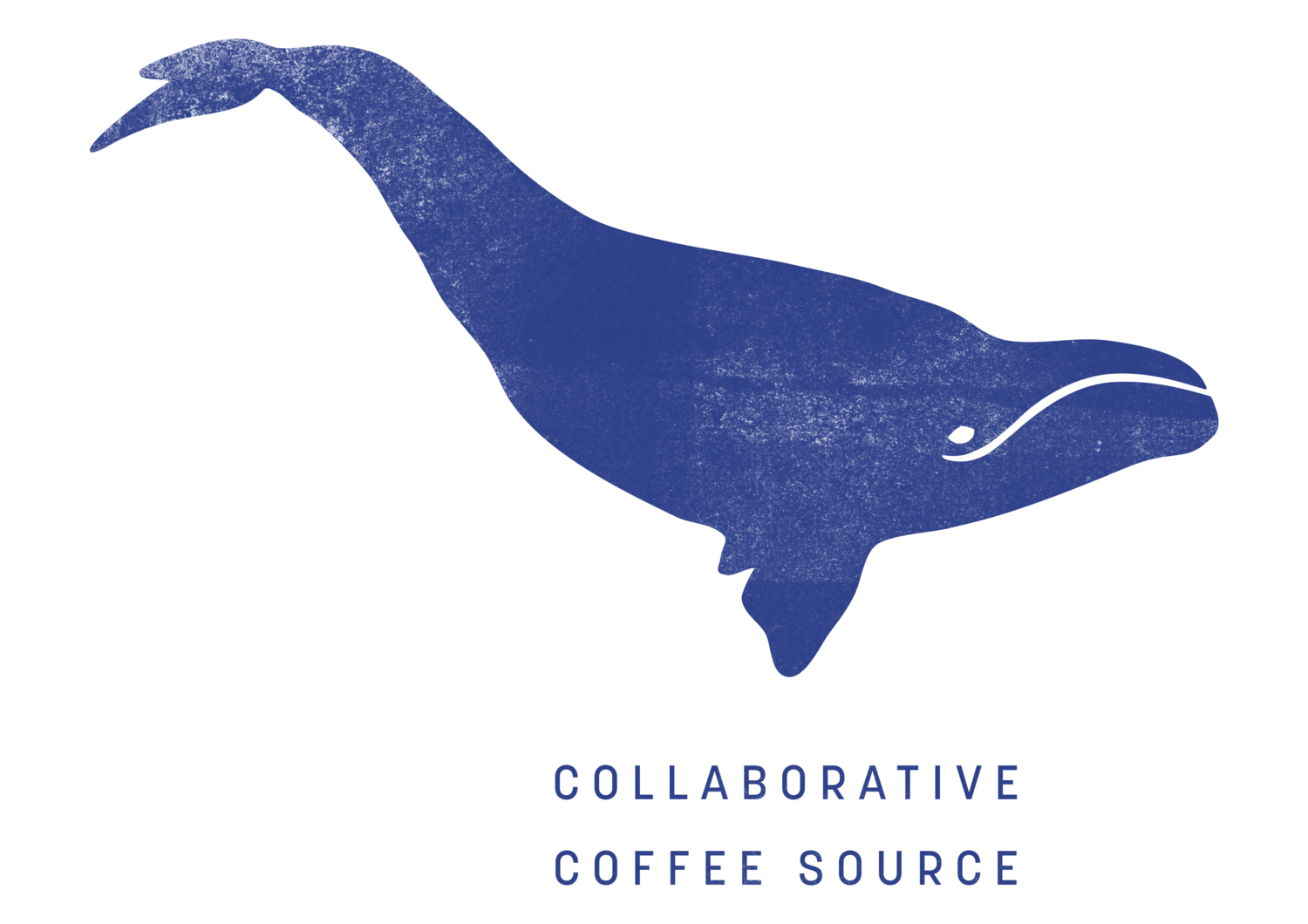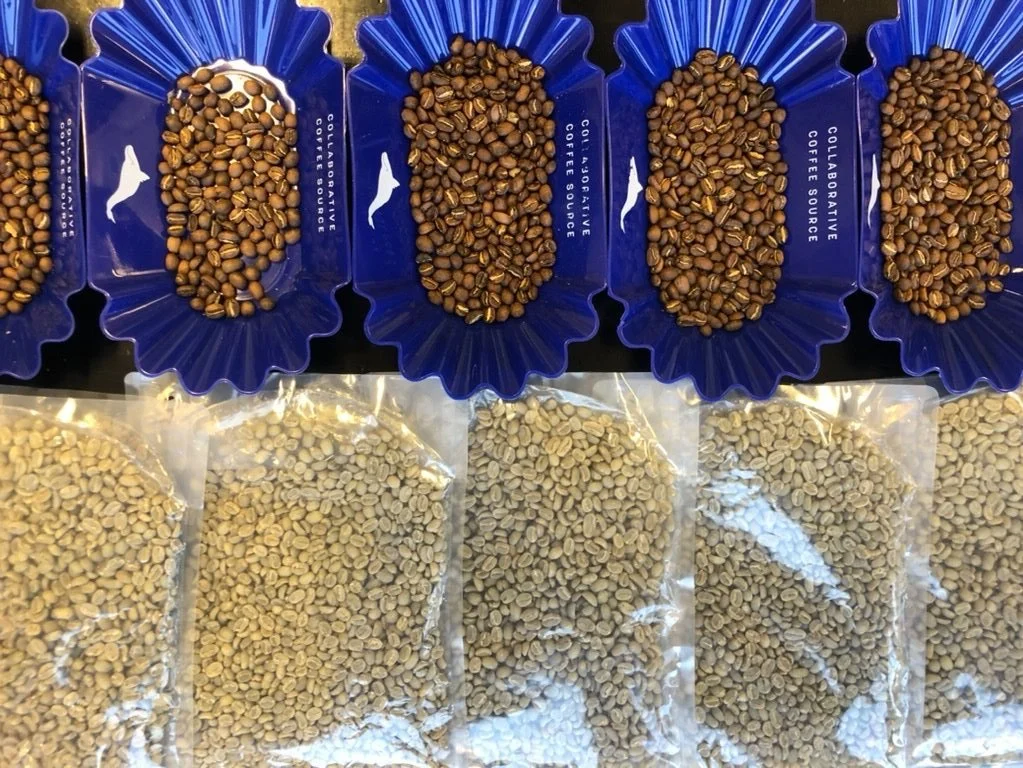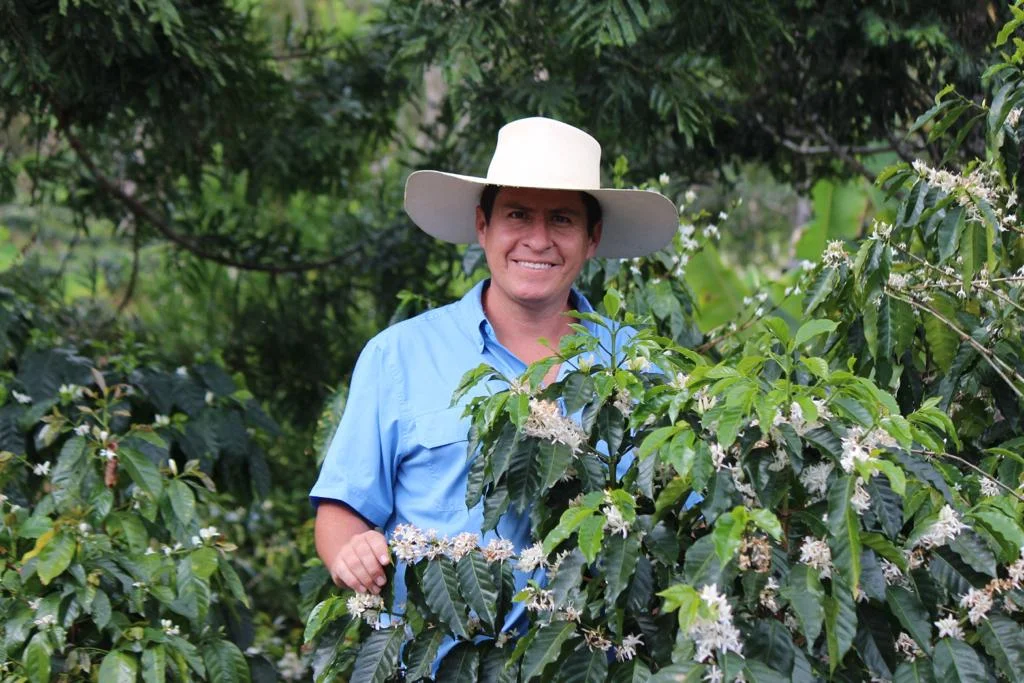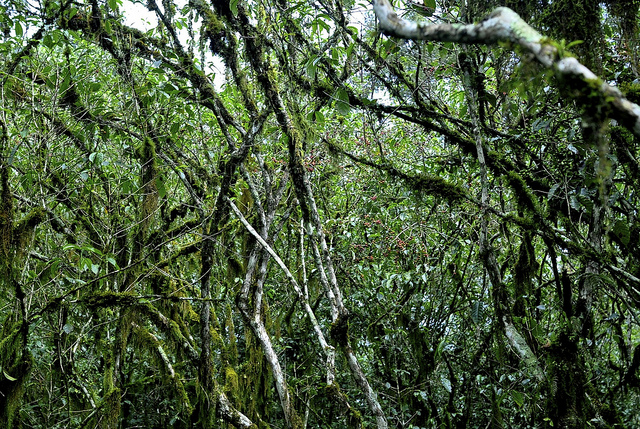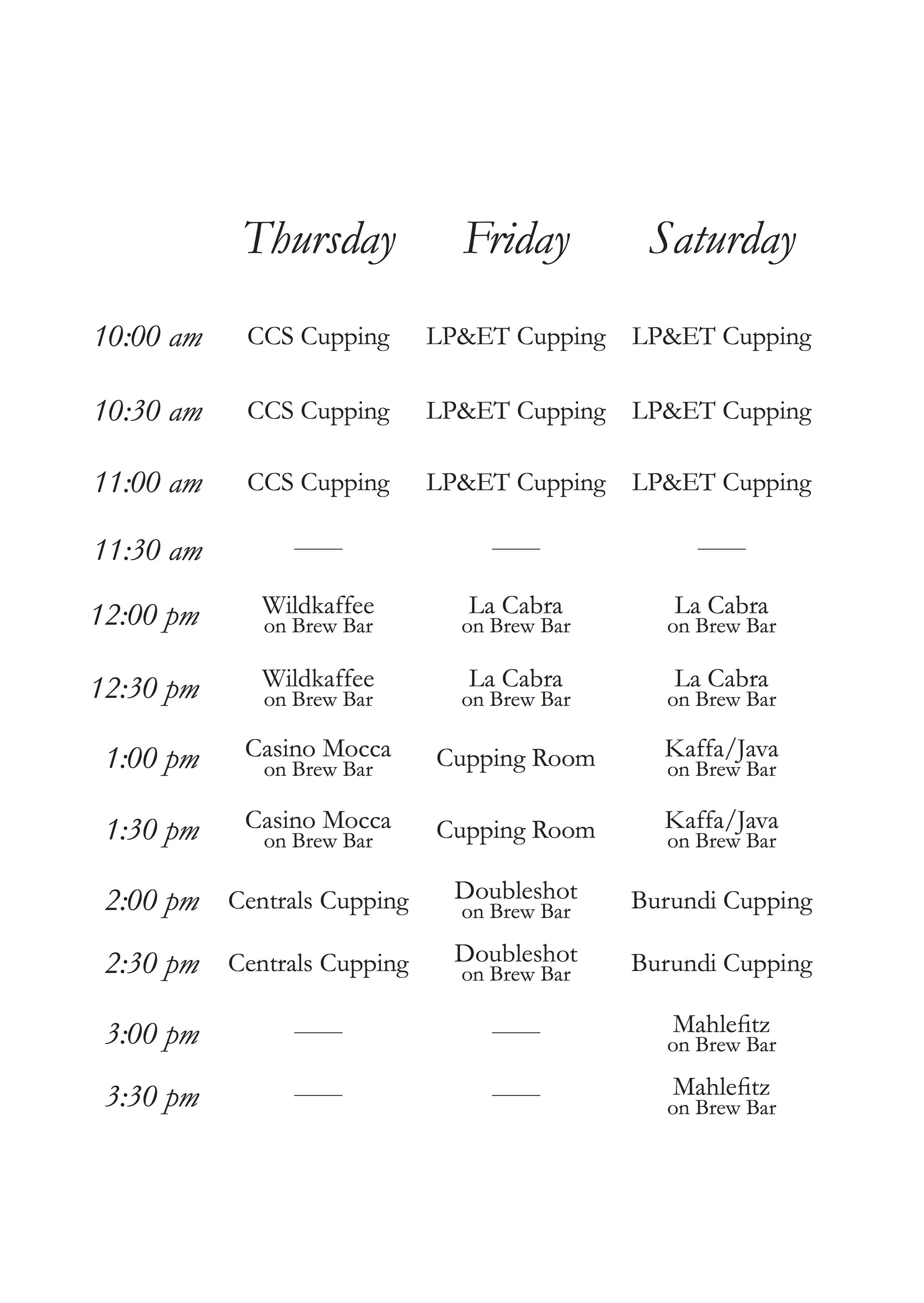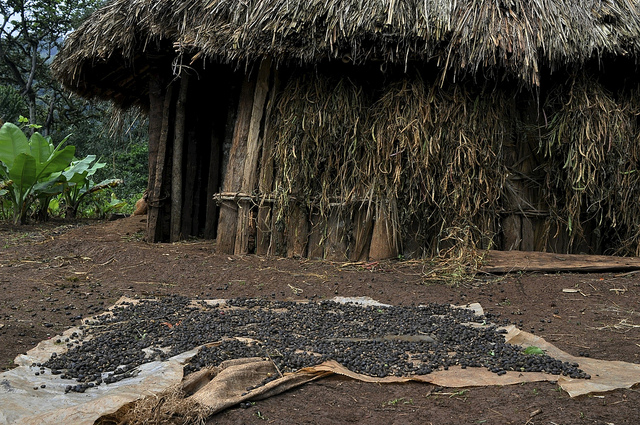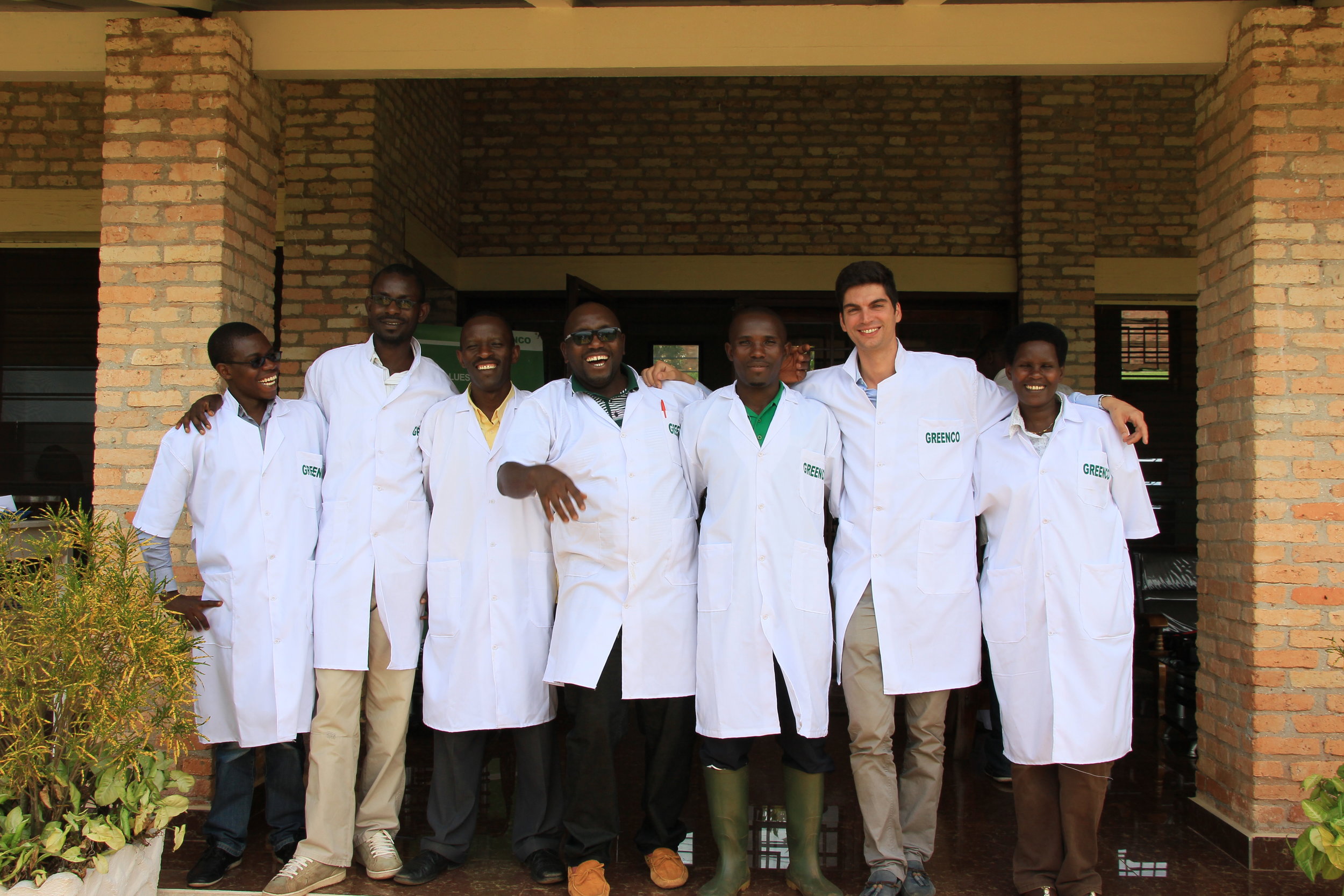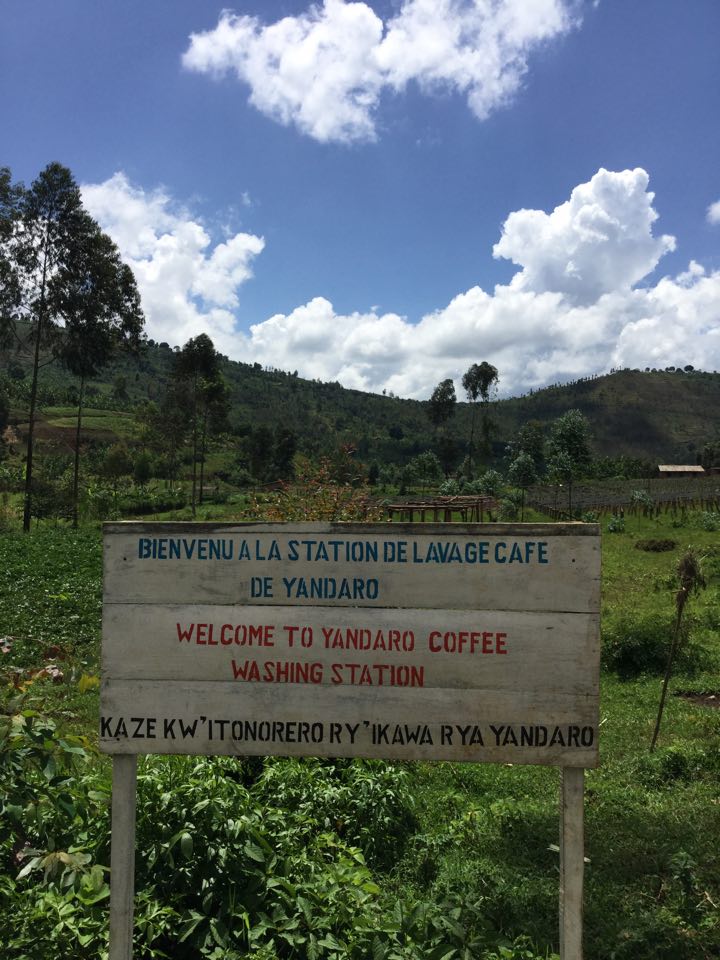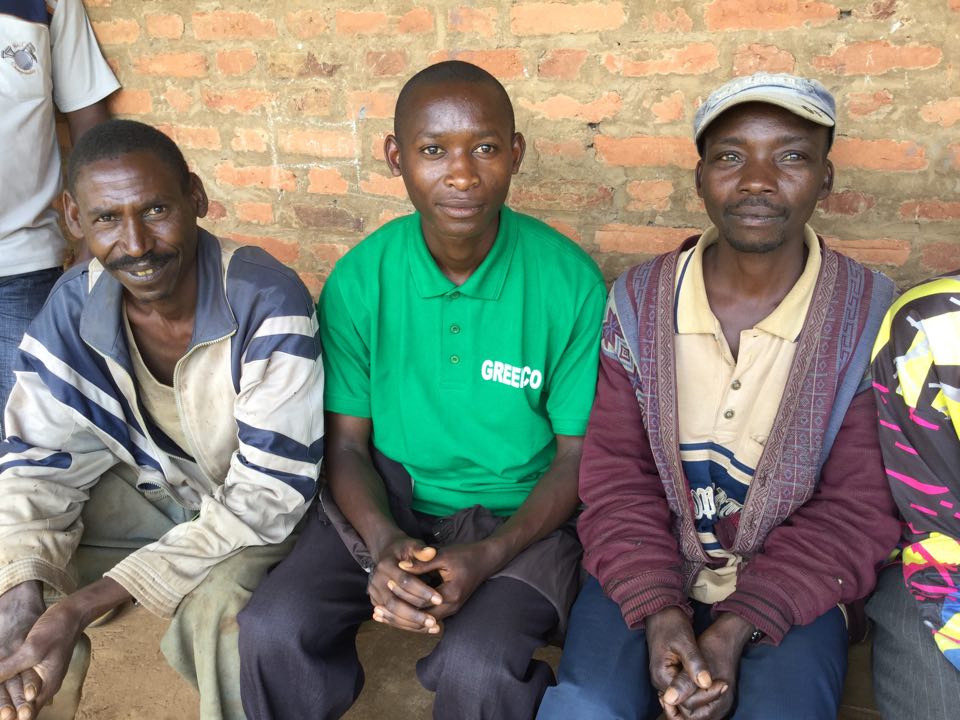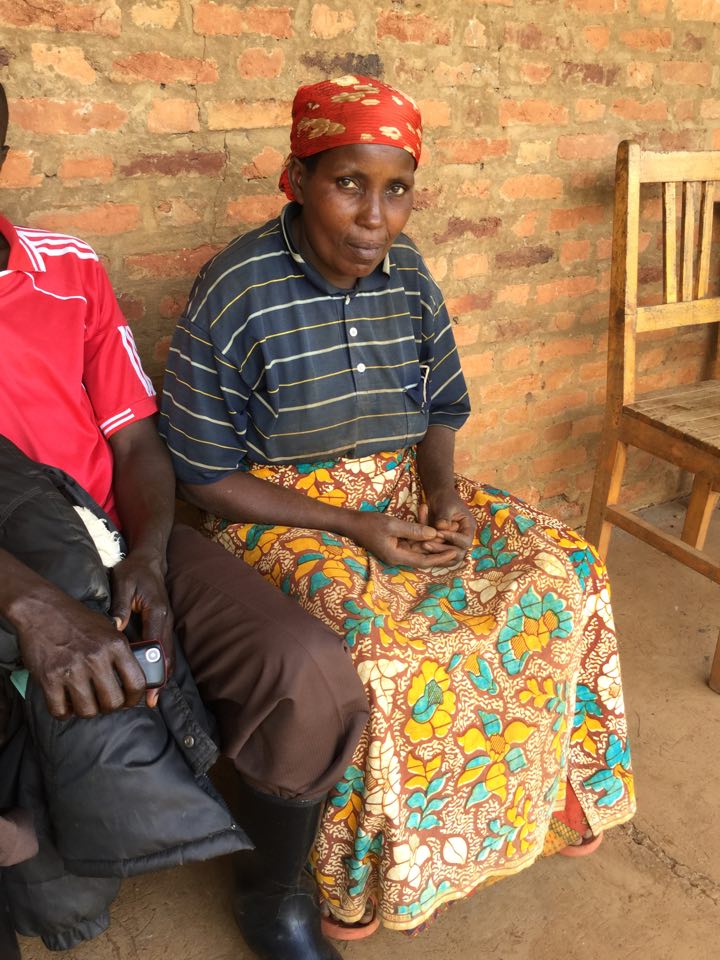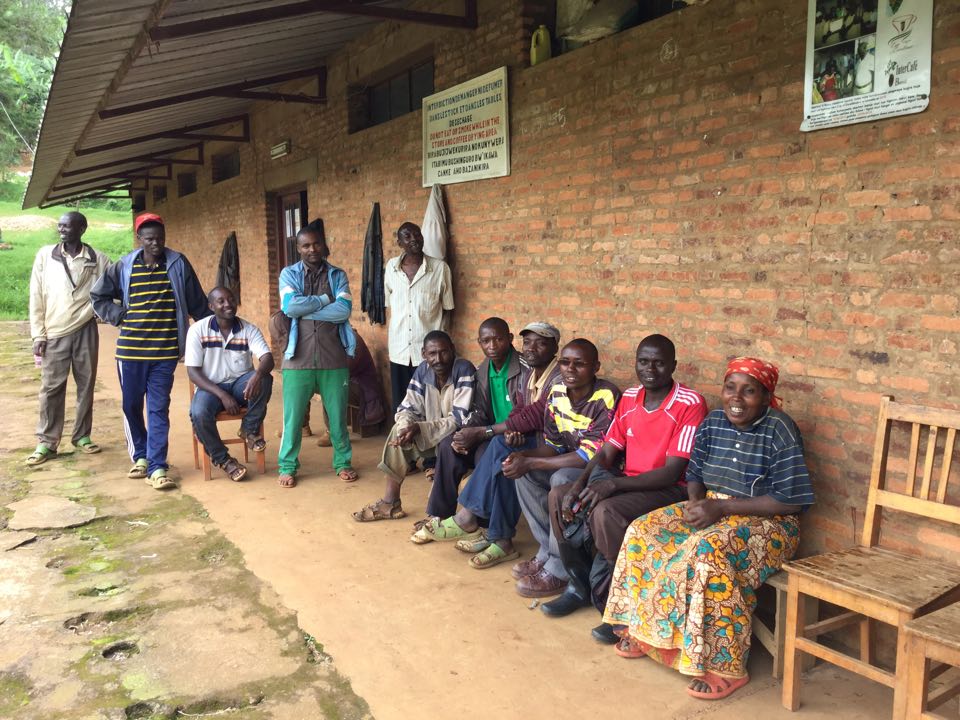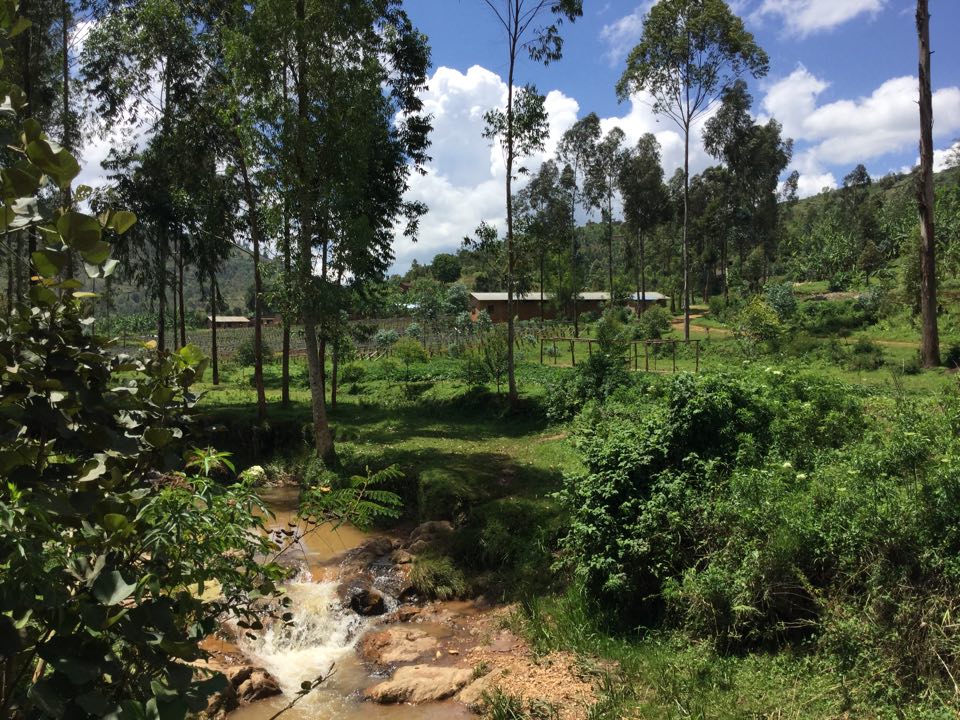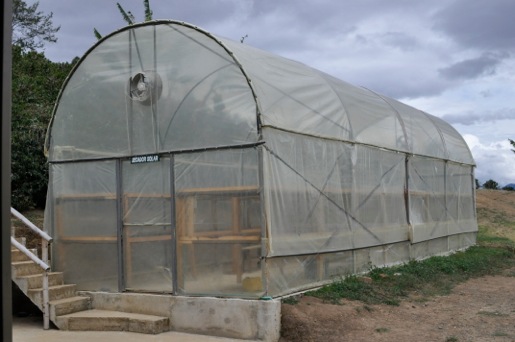Name: Mugaya
Affiliated to: Mutira (FCS)
Province: Central
District: Kirinyaga
Location: Kagumo
Nearest Town/Centre: Kagumo
Average Annual Rainfall (mm): 1100mm
Altitude (masl): 1550m
Producers: 1600
Drying Method: Sun
Harvest Method: Handpicking
Harvest Season: Early: March- May; late: October – December
Varieties: SL 28 & SL 34, Batian, Ruiru 11
Soil: Rich red volcanic soil
About
Established in 1975 is Mugaya Coffee Factory and is a member of the Mutira Farmers Cooperative Society. Located in the Central province within the Kirinyaga district, it serves more than 1600 farmer members, owning an average of 180 trees each. The main varieties of coffee grown here is SL28, SL34 and Ruiru 11.
After picking, ripe cherry is brought to the factory by smallholder farmers, before it undergoes processing to remove the skin and pulp – known as the wet processing method. The factory is using a disc pulper to remove the skin and fruit from the inner parchment layer that is protecting the green coffee bean. After pulping, the coffee is fermented overnight to break down the sugars, traveling through channels to the soaking tank the coffee is carefully cleaned, soaked and spread out on the raised drying tables. Time on the drying tables depends on climate, ambient temperature and total production volume undergoing processing. Drying can take from 7 to 15 days in total. Frequent turning and sorting will happen during the drying stage.
The factory is receiving assistance from our field partner Coffee Management Services (CMS). The long term goal is to increase coffee production through farmer training, ready access to inputs, Good Agricultural Practice seminars, and providing the most current printed materials on sustainable farming. By paying the producers some of the highest returns for their coffee our objective can be achieved. We strongly believe in establishing a transparent, trust based relationship with smallholder farmers, helping to support sustained industry growth throughout the country, and continuing to elevate the standards of quality coffee produced in Kenya.
Background to Kenya
There’s no doubt: Kenya is an amazing coffee destination. Coffees from this origin are known for their powerful aromas, refreshing acidity, flavors of sweet berries, rich mouthfeel, and clean and lingering aftertastes. Years of experience have really taught us how to limit our search at this origin, but we are always open to surprises and are ready for new partners and flavors. Kenya has a well-established and well functioning auction system.
Dormans, based in Nairobi, is where we usually go in order to sample coffees we are interested in buying. Dormans has a reputation for retaining good cuppers. We like them, we trust them, and they rigorously search for the best coffees to offer us. In the peak of the buying/auction season they will screen thousands of coffees each week. Dormans has a license to buy at the auction and they are also partner to a marketing agent/mill—Central Kenya Coffee Mill (CKCM)—where coffee is processed after it finishes drying at the factories.
The washing stations that produce our coffee pride themselves on having some of the best-paid cherry producer members in the country. The system at the Kenyan Coffee Auction is refreshingly transparent in its communicating where coffees come from, its systematic organization of coffee by screen quality (such as size and physical attributes), and in its practice of rewarding cup quality/sensorial attributes.
Most coffee producers in Kenya are “smallholders”. Each producer’s total volume might only be a few bags, thus hundreds of farmers, when living in the same area, are likely to be members of a cooperative, which markets and sells coffee on the whole community’s behalf. Each cooperative typically runs several “factories” (i.e. processing and washing stations) where producers deliver cherries from their farms. Sometimes a producer chooses to deliver to the closest factory but some prefer delivering to a different factory, due to differing management practices. The usual reason for choosing one factory over another is based on the prices a given factory manages to obtain for its cherries.
Good management at a good factory will not allow for unripe or unevenly matured cherries. This is because accepting such cherries damage the potential to receive optimum prices for everyone concerned. We pride ourselves in knowing the factories we buy from pride themselves on ensuring their community of members deliver only red and mature cherries. In Kenya’s market make-up, cherry price is directly linked to cup quality.
In Kenya, a cooperative is a democratically run organization with producers acting as both members and as representatives of the governing board. One key function of the board is to nominate a marketing agent: a body/organization/company that retains a license to sell the coop’s/client’s coffee at the highest possible price. This works in both parties’ interests. Normally a coffee lot is sold at auction, but it can also be sold outside auction if the coop and marketing agent believe they can get an even better price outside auction through selling directly to a customer. That is where we come into the picture.
In the last few years we have taken advantage of the possibility of buying coffees directly from, or at least in understanding and agreement with, the cooperatives. The cooperative is the seller of the coffee and always wants the highest price possible in recognition of: 1. The hard work of quality oriented farmers and factories, 2. Cup quality, and 3. In recognition of the current price of coffees of “similar quality” being sold at auction in Nairobi. Negotiating the price of the best coffees is important to a buyer eager to secure lots before it goes to auction where somebody else might buy it. The price offered has to be high enough for the cooperative to ensure it won’t be sold better at auction, which can, in turn, discourage quality-minded producers. As a matter of fact, all the best coffees are sold this way, thus the only way to get hold of these lots is to be present at origin while they are coming from the mill.
In Kenya, a “coffee lot” is made from a bigger batch of coffee that is delivered to the dry-mill from a cooperative on a given day. When a coffee batch arrives at the mill, it is processed (hulled), analyzed (technically and sensorially), screened (separated due to bean sizes) and given an outturn-number. While the parchment is taken off the beans in the hulling process, the beans are screened and separated due to shape and size.
AAs are flat with screen size 17+. ABs are flat with screen sizes 15 and16. PBs are pea-berries. There are always a certain percentage of lower grades too.
Screen size does not necessarily correlate with quality in terms of flavor attributes. For example, sometimes we find many of the AB-selections to be superior to the AAs from the same lot. In addition, it is not true that PBs are necessarily more intense in flavor or better in quality than flat beans.
Acidity junkies love cupping in Kenya. The questions are much more about “how” and “what kind of acidity” one wants in the coffee, rather than whether one can find it. We work hard to get these Kenya lots in quick and fresh so roasters can have all the acidity you wish to play with. Look for a well prepared, vacuum-packed and clean selection.
